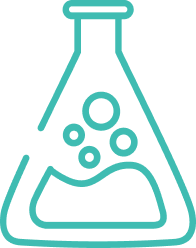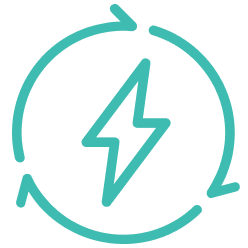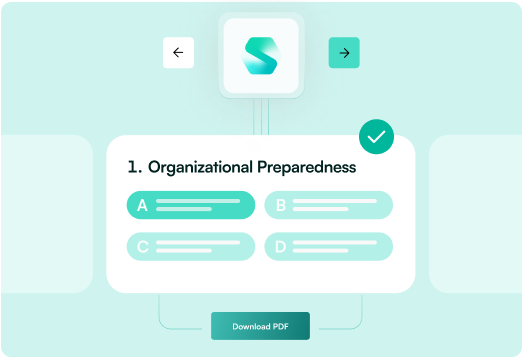- Solutions
- Industries
back
Solutions
Expert support in carbon footprinting, compliance, and sustainability strategies, helping businesses achieve measurable impact and drive change.
back
Industries
One platform, industry-agnostic and adaptable, supporting customised KPIs and measurements for automotive, transport, government, food, production, and beyond.




 Food
Food Manufacturing
Manufacturing Transport and Logistics
Transport and Logistics Hospitality and Hotels
Hospitality and Hotels Chemicals and Laboratories
Chemicals and Laboratories Auto Dealerships
Auto Dealerships Renewable Energy
Renewable Energy Education
Education









